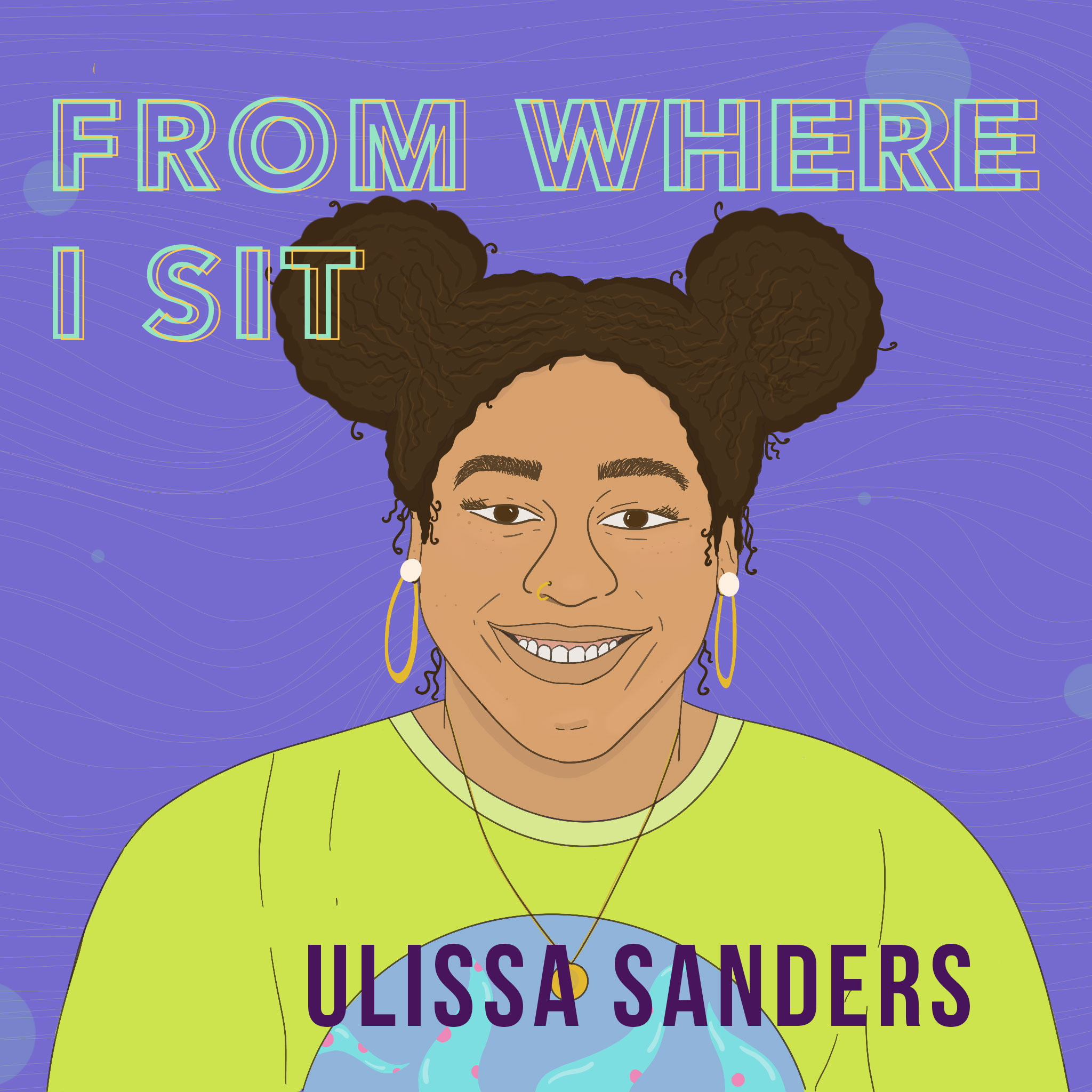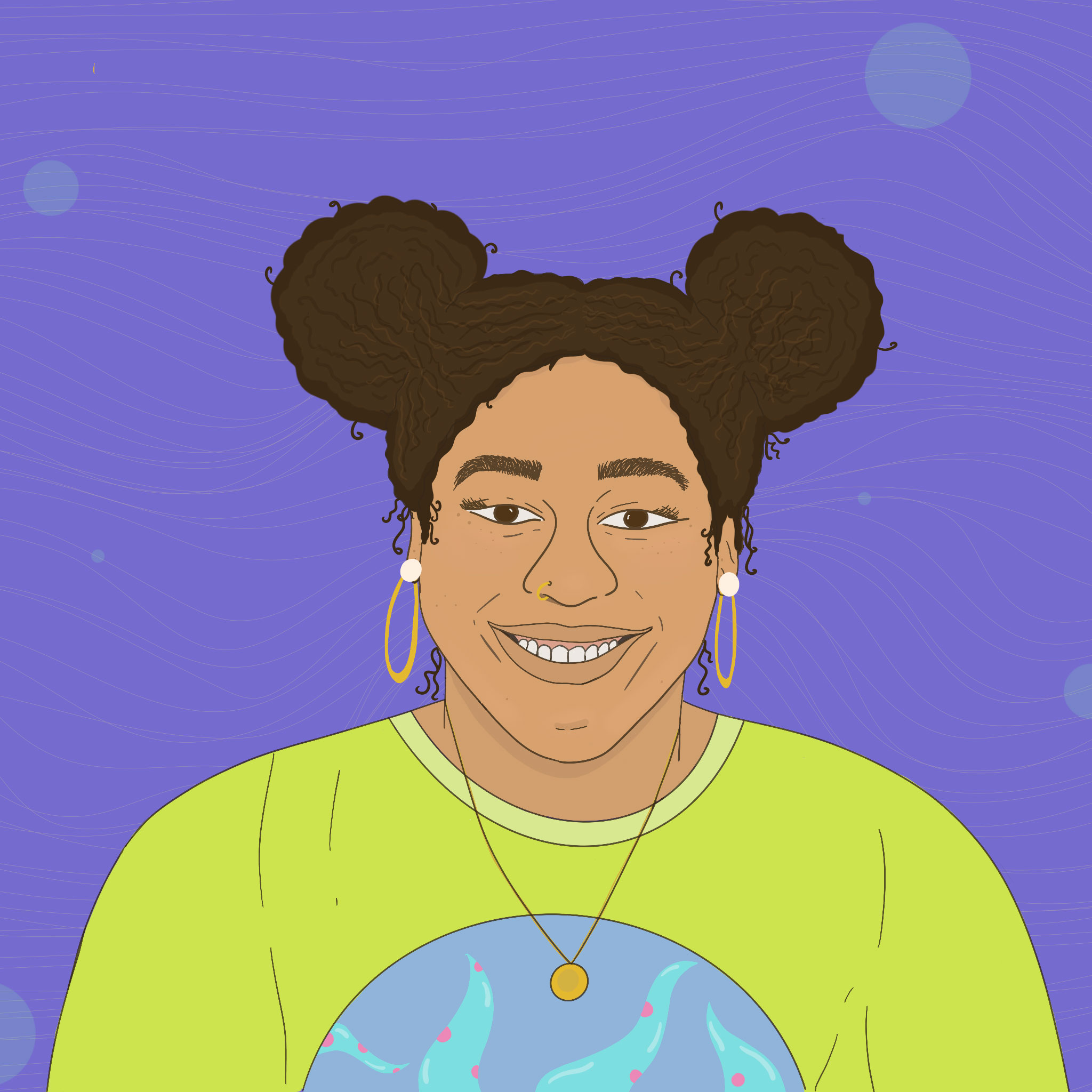
As we honor the significance of Black History, we are faced with the reality that even in 2020, African Americans are still widely underrepresented in many professional fields.
As a professional services firm, we have a critical responsibility to flip this script on its head by amplifying the Black voices of tvsdesign and celebrating the countless contributions and ideas they bring, even beyond the built environment. We sat down with Senior Graphic Designer Ulissa Sanders for a Q+A series on what we have to gain as an industry when inclusion is at the forefront of the conversation:
Why graphic design/what led you to this career path?
As a kid I always loved storytelling. The interesting part for me was figuring out exactly how to tell the story–I illustrated, crafted, wrote, you name it, I always had an urge to create. Naturally, I followed that path into adulthood and became a graphic designer, an ultimate challenge in storytelling. This field allows me to be wildly creative, brainstorm ideas and work within different areas like photography, illustration and branding.
What inspires you?
I get inspiration from pop culture, media trends and music. My personal work is where I have the most creative freedom, and I use illustration to create representations of me and Black culture. That’s one of the reasons I look at artists like Beyoncé as an inspiration. She builds her work around the Black experience in America, and artists like her are creating a space for Black men and Black women to be creative and become more aware of themselves and where they came from. In my professional work, I work hard at what I do and I’m continually striving to improve my skills and grow in my creativity. I want my work to spark vision in people, to show them to dream big, and to show them that life is limitless.
Why does diversity matter for the graphic design industry?
At times as an African American woman in this industry, I (along with others) still feel like anomalies. Diversity is vital because Black designers are still underrepresented in this field, and it creates a barrier of entry to that next generation of talent. If they’re not seeing Black designers celebrated for the prolific careers they’ve built in the same way that their peers are, what message does that send to anyone just starting out? I think Archie Boston said it best, “It is important for young designers to have role models of their so-called ethnicity. This gives them the feeling, “If he or she can become this, so can I.”
What does an inclusive workplace look like for you?
Inclusive for me involves collaboration, having a voice, a path for career development, access to continuing education resources to improve skills and a sense of community.
Stay tuned for more from this series as we bring together more voices from different corners of tvsdesign!




